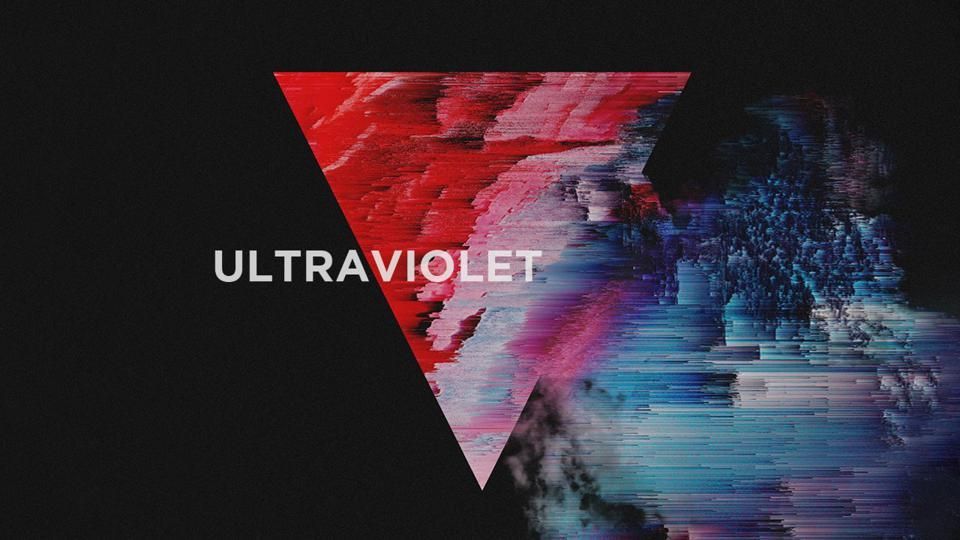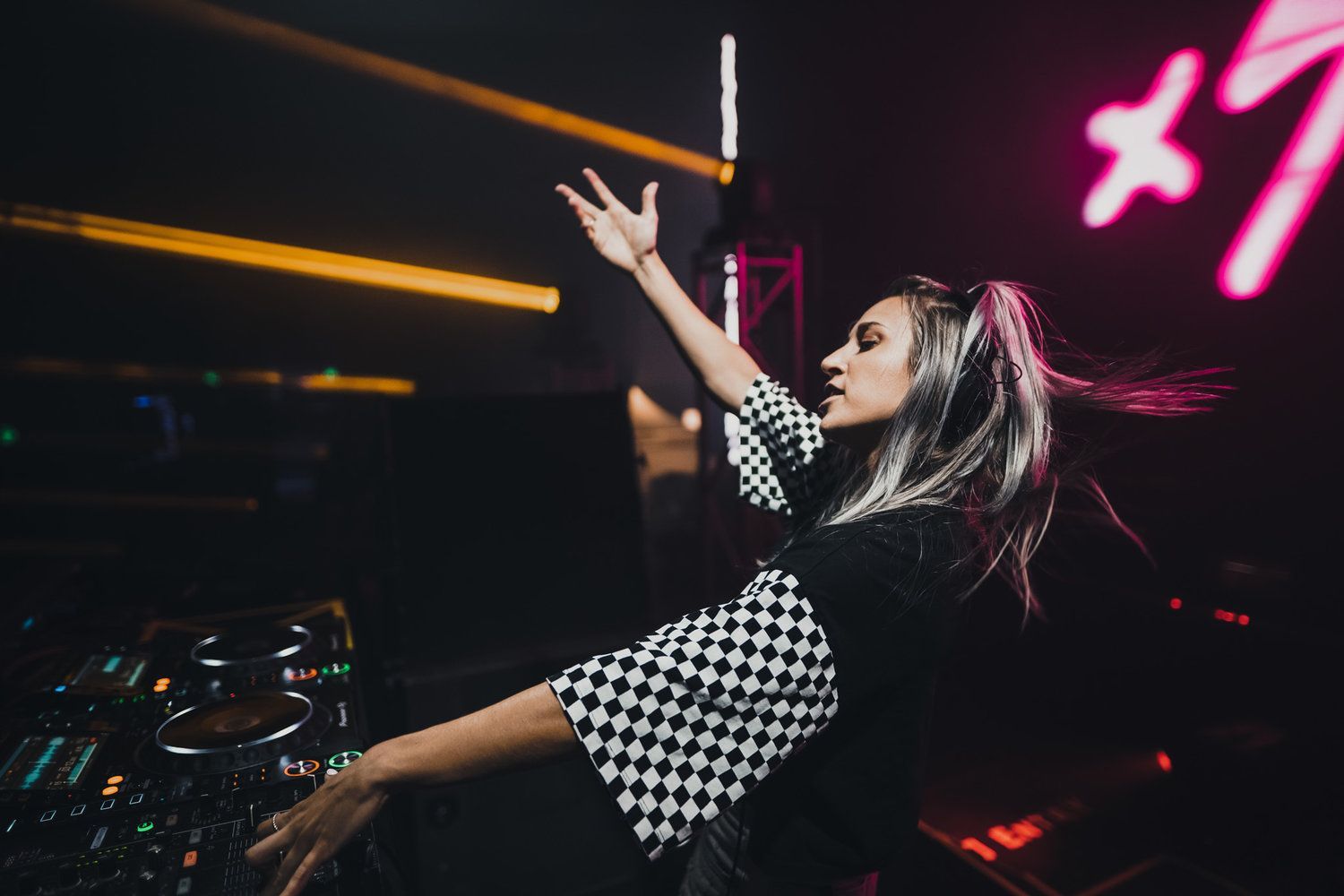Mack Lorden here, Icon Alum. By now everyone and their mothers have heard of NFTs, or Non-Fungible Tokens, but few understand them or truly grasp the implications of being at the forefront of this revolution. Yes, some NFTs have recently been sold for tens of millions of dollars, but what does that mean for the rest of us?
Simply put, NFTs have the power to provide irrefutable proof of authenticity. At the same time they are also a way for artists to create new branding opportunities, revenue streams, fan engagement, and unique functionality. To top it all off, being in the NFT marketplace affords a much broader reach, which is any musical artist’s first real hurdle—being heard.
So What Even Is An NFT?
An NFT is a digital collectible. It’s just about any file that has been uploaded to the internet and can be searched and tracked through the blockchain. It could be a JPEG, PNG, MP3, WAV, MP4 file, etc—basically anything upload-able. This file, once added to the blockchain and given a unique identity, can be bought, sold, traded, auctioned, etc.
How Can They Impact Musical Artists?
With NFTs, you as the artist can immortalize any song, vocal track or sound sample/sound design waveform, etc. It’s almost like taking any thing and adding it to a globally distributed ledger (list) where your work can always be audited and verified for authenticity.
Imagine if there were only one raw recording of Marvin Gaye’s Let’s Get It On and the producers had decided to make an NFT out of it. As you can imagine, any true Marvin Gaye fan would be scrambling to have ownership of that soundbite. Now imagine if there were a bundle of Marvin Gaye’s raw recordings for five of his greatest hits! There’d be even more of a feeding frenzy, so to speak.
And before anyone says, “Wait a minute, can’t you just get bootleg copies of sound recordings and images?” well, just remember that you can always find copies of the Mona Lisa online and even print one out from your own computer. You can buy miniature Statue of Davids in Florence, too. Owning a copy of something is entirely different than owning the real thing, and owning the real thing is now able to be easily verified using blockchain technology with zero margin of error.
Because of the way the blockchain works (remember, blockchain is the technology that acts as a list of transactions, verified by people and networks all over the world), anyone can see what the unique identity of their NFT is and when/by whom it was created. In other words, it’s easy to track the authenticity of a piece, making false duplicates all but pointless.
What Are Some Potential Use Cases for Artists, Then?
If you’re a producer with a unique sound or an exclusive new recording, you can immortalize it to the blockchain as an NFT and sell it, keep it for posterity, distribute as a reward for loyal fans, etc. The possibilities are endless. It all depends on what your end goal is. Are you looking to make money? Are you trying to build hype by releasing limited edition collectibles that only your super fans can access? Or, perhaps you’d like to add utility to your NFTs and decree something like, “Whoever owns this NFT has free access to my concerts for life!”
Like I mentioned before, an NFT can be anything. It could be a photo, an animated graphic, a music video—hell, it could even be a super crisp snare hit. And as the creator of the NFT, you have complete control over its scarcity (do you want to mint a one-of-a-kind or one thousand?) as well as its price and distribution.
All of the above factors should be considered when strategizing how to use NFTs for your brand. Consider the following questions when creating the NFT(s) to help guide you:
- Could this be used to help spread awareness for my brand?
- Would this be a reliable source of income for my brand?
- Can I use this to drive fan engagement/ticket sales?
- Could this be used as a reward for fan loyalty?
- Could I use this to collaborate with other artists so we can mutually benefit?
- Etc.
So I Am Ready to Make an NFT – How Do I Do It?
The first step is to download MetaMask on the App Store or as an extension for Google Chrome—this is your Ethereum wallet. It’s how you connect to the blockchain and to the websites like opensea.io where you’ll sell your NFTs.
Once you have your Ethereum wallet, you’ll need to either transfer some ether (ETH) to it, or buy it right from the app using ApplePay (easiest way). I would suggest starting with probably $200 worth of ETH. The reason you need ETH is because you’ll be working on and interacting with the Ethereum blockchain, and to do that requires gas fees (Ethereum network fees). Getting started on a site like opensea.io requires an upfront payment to initialize your account. Please note that this money is not going toward opensea.io , but is rather being paid towards the Ethereum network itself. Please also note that this gas fee amount is in constant flux—sometimes it can be upwards of $100 or more. (I suggest trying late at night for the best rates, though it does change day to day.) Opensea knows that this network fee is a huge pain and the solution is already in the works, but until that point is reached we have to deal with the gas fees.
You can transfer ETH to your MetaMask wallet from anywhere, but if you are completely knew to cryptocurrency and don’t yet have any, then you can easily get started with something like Coinbase. (Disclosure, if you use that link, you’ll get $10 free bitcoin and so will I, so thanks in advance.) You’d buy the ETH on Coinbase and then send it to your MetaMask wallet address.
Once you have some ETH in your MetaMask wallet, you’ll open up the web browser from the app and navigate to opensea.io. (There are other sites to use to create NFTs, but Opensea is extremely user friendly and it’s the largest so I believe it is the best place to start.)
In the top left corner (on the mobile app) hit the dropdown menu, then Create>My Collections> Create New Collection. Then click Add New Item, and here you’ll upload your file. Scroll down and you’ll find options for how you want to sell it—set price vs auction, etc. You can also add in other details like issuance and style. After you finish with the details on the NFT(s), you’ll have to initialize your account. This is where you’ll have to pay the gas fees, but as it tells you, this is a one time fee. After this, you can upload one hundred or more new NFTs at no charge.
I made a quick educational video on TikTok about the entire NFT creation process if you’d like more of a visual aid. I used a screenshot from a text conversation to demonstrate just how easy it was. The entire process took only a few minutes. I read all the comments on there as well, so if there are questions, please comment and let me know!
Once everything is initialized and placed on the market then you are all set! If someone makes a bid on an auction you can choose to award them the NFT, or if it’s for sale then the customer can buy it outright. Each your NFT sells, you’ll have to pay another gas fees, but this one should be a much lower fee.
As with any other type of merchandise, the larger and more passionate your audience is, the easier it will be to sell your NFTs. The good news is that this new type of digital collectible can open up an entirely new world of possibilities so that more artists can get the recognition they deserve.

Turn your passion for music into a Profession: Learn more about our Music School Programs!
MORE ARTICLES FROM THE ICON BLOG

FIND YOUR SOUND, HONE YOUR CRAFT:
Are you ready to turn music into a career? ICON prepares students to become music producers, composers, performers, recording artists, professional DJs, and entrepreneurs in the entertainment industry. Click below to get information about our award-winning programs:



